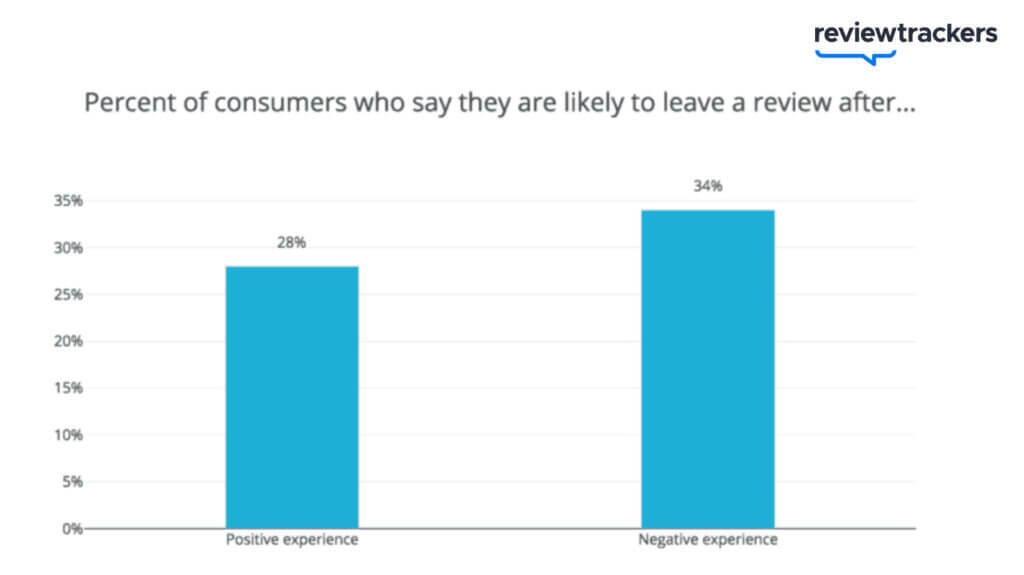11 Signs That You Need to Better Your Customer Experience – Part I

11 Signs That You Need to Better Your Customer Experience – Part I
Customer experience (CX) is the result of every interaction a customer has with your business. Every way that you interact with your customer influences their perception of your brand. Thus, customer experience is a very critical factor for any company.
“52% of consumers say they have made an additional purchase from a company after a positive customer service experience.”
– Dimensional Research
And so this is what a great CX leads to:
- Increased customer loyalty
- Increased customer satisfaction; better NPS and CSAT, TTR scores.
- Better word-of-mouth marketing, honest reviews, and recommendations.
“Four out of ten consumers will recommend others not frequent a business if they have had poor customer service from them.”
– Dimensional Research
But, at the same time, the power of customer experience is massive. If a company is unable to keep its customers happy, it might result in:
- Lower customer retention rate
- Decreased customer loyalty
- Distrust and bad word-of-mouth marketing
- Higher customer service costs
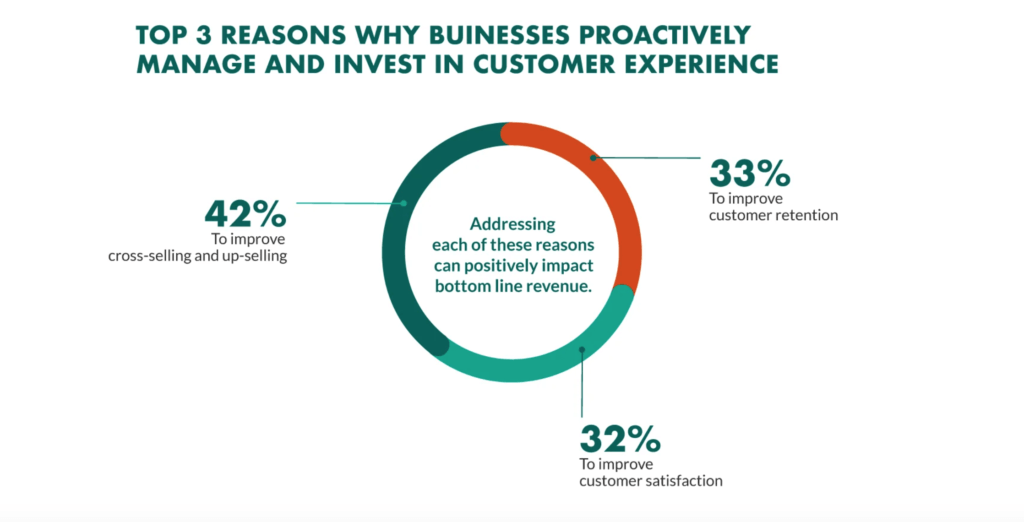
Thus, customer experience continues to be a decisive factor for many customers. There are a couple of evident signs that you shouldn’t ignore while maintaining your CX touchpoints.
To help you with that, we’ve listed 11 signs that you need to pay quick attention to in order to improve your current customer experience.
You can keep your pen and paper ready and score yourself out of 11 to see how quickly you must pivot to a better customer experience solution.
1. Absent customers
Haven’t heard from your customers in a while? Good or bad; every company receives its share of positive and negative comments from its customers. Hence, if your customers aren’t giving you any feedback, asking queries, feeding in reviews, or saying anything at all, mostly it is because:
a. You haven’t given them the chance to discuss their problems.
b. Or that you don’t have a good active platform where they can reach out to you.
Eg: A company launched a new by-product X which has a couple of powerful features that the customers need to be inducted with. Hence, after giving a demo of the product, if neither of the customers gets back with any queries or any positive response as such, it means that they didn’t get much clarity or they don’t know where and when to reach out.

Silent customers are deadly customers. So it becomes important to create a forum where they can actively reach out to you for anything. Plus, you must get to the root of their inactiveness through proactive reach-outs and ensure that they are delighted with the current customer experience.
2. Oblivious to the problems and low customer experience
Your customers are the true drivers of your company. Thus, it becomes very important to keep an eye out for any issues that they might have.
Eg: Considering the above product X. Let’s say a few customers have some issues with its UI. Plus if the company is unaware of the same, and they still go about launching a variation of it – “X 2.0”, the entire launch becomes futile. Thus, they might lose their existing customers for not paying any heed to their problems.
Hence, customers’ responses, reactions, feedback, should be collected in a timely manner. And all of this must be conveyed to other teams in due time. Not paying attention to your customer’s problems shows disinterest on your part. Which in turn, will lead to dissatisfied customers.
3. Low employee morale = poor customer experience
Poor customer experience can stem right from demotivated employees. If your employees don’t have access to proper resources or if their milestones aren’t appreciated, they might meet deadlines, but the work will be subpar, uninspired, and lack innovation.
Eg: Let’s say your agents who once considered a set of tasks under customer support of great significance, start to feel that the work has become a series of “to-dos.” This would lead to demotivation and a lackluster approach.
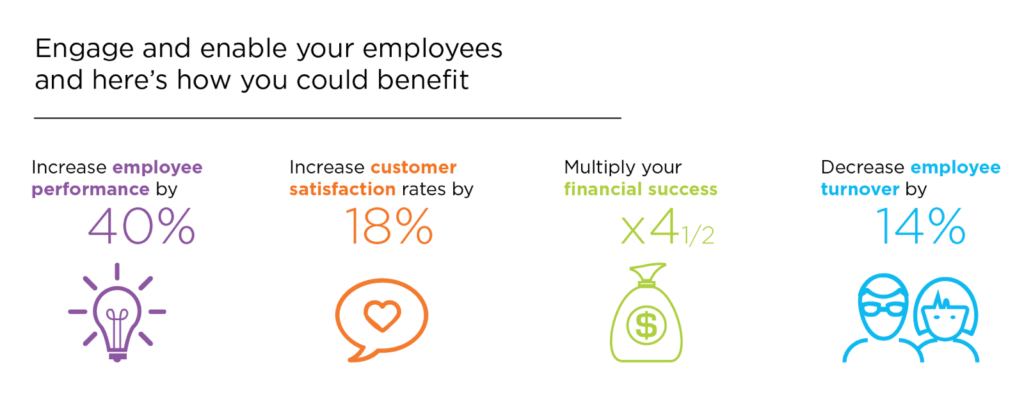
Hence, it’s always important to have a constant check on all your employees. To ensure that their needs and wants are fulfilled too. And companies should invest in ways to rekindle motivation or adopt tools that’ll reduce their workload off repetitive tasks.
4. Losing customers, one-by-one
A 5% increase in customer retention can produce 25% more profit.
If you’re losing your current customers or the ones who’ve been with you for the longest time, then it becomes a call for help. It clearly indicates that they haven’t been given the attention that they deserve, for a while.
Eg: Let’s say company Y is entering into a new market, and it starts to adopt new strategies and shifts its entire focus towards the new customers. During this, if the team is not giving equal priority to the existing customer’s queries and feedback, the old customers might feel dejected and upset.
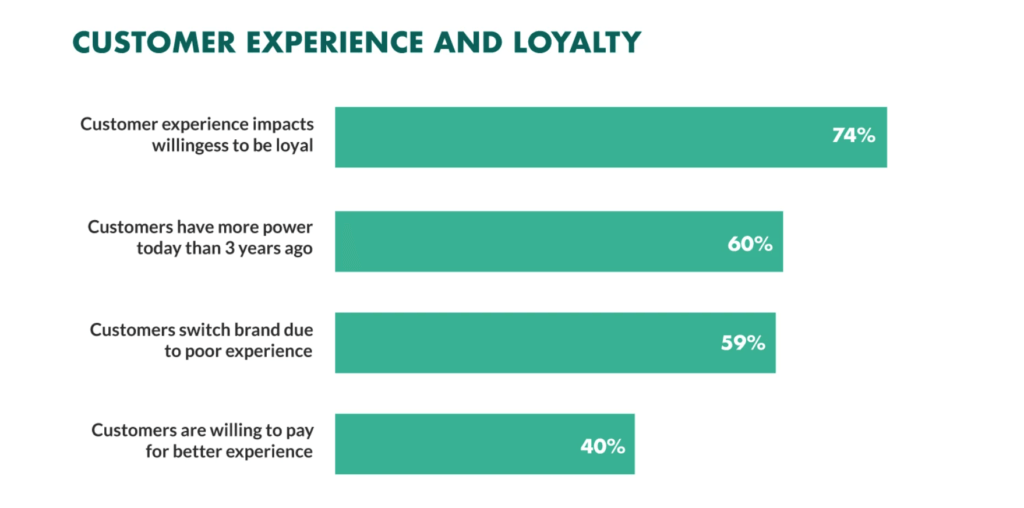
You don’t want your valuable customers to leave your side. So, equal effort must be put into retaining your customers as well as attracting new ones. It should be 50-50.
5. Time to bid goodbye to your ticket management system
When your business grows – steadily or like rapid-fire, handling support through emails or spreadsheets becomes a pain point. And so, it becomes difficult to keep track of which request is yet to be answered and which ones have been closed. Thus, you must pivot to a better ticket management system in order to provide a seamless customer experience.
Eg: Company X gets a lot of emailers on a daily basis. So much so that it becomes confusing to remember which query has been tended to and through which medium – phone, email, chat, etc. Thus, not keeping a track of the incoming messages, creates confusion not only for the company but for the customers too. As it becomes hard to track if they’re receiving the required help.
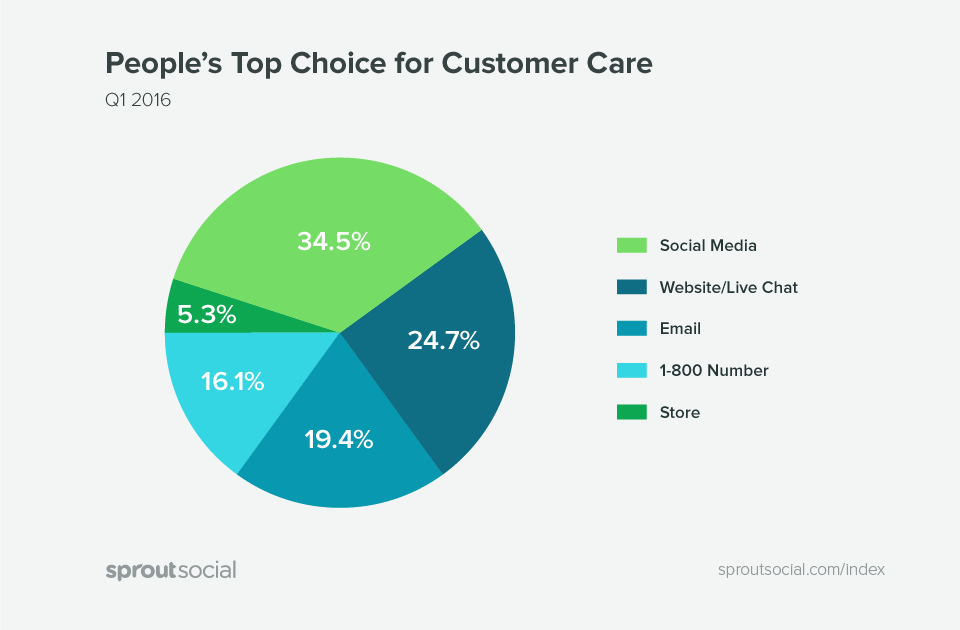
Hence, a platform that organizes the bucket-full of messages and makes a company devoid of confusion is the way to go.
There’s more to the list
There are 6 more points to discuss at length on why and how you can better your customer experience. So, don’t miss the next article that’ll be released on Tuesday, i.e. 6th October, and find out the touchpoints where you’re lacking efficiency and up your customer experience game.
P.S: Hope you’ve scored yourself out of 5 till now. Keep the number ready for next week as you can find out your overall efficiency level in terms of customer experience on Tuesday, after weighing the remaining signs as well!
Suggested Reading: 11 Signs That You Need to Better Your Customer Experience – Part II




